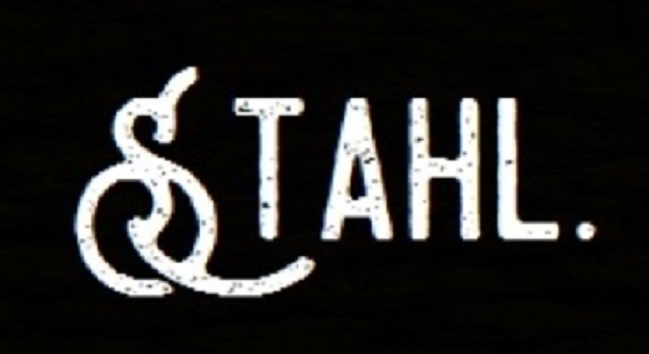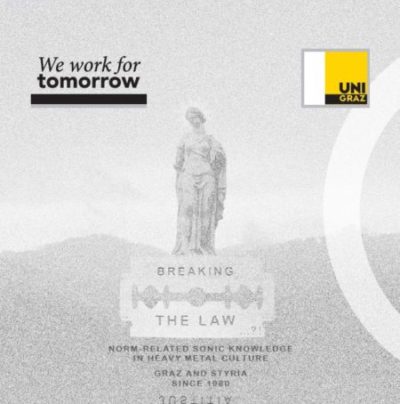Ten days ago, I gave an online lecture on history’s disciplinary position in the interdisciplinary and transdisciplinary field of Metal Music Studies.1 You can read the German title of this lecture in the featured image above this post. My aim was to show to history students at the University of Salzburg how history with its distinct methodologies can be a useful disciplinary lens for metal research.
In the online discussion after my presentation, the main issue was the question how the traditional methods of history (i.e. working with historical sources, traditionally mainly texts) can be exploited in researching metal. For two reasons, I have been thinking quite a lot about this question since this discussion.
The first reason is that the traditional method of history (what is called ‘the historical method’ since the 19th century, when scholars like Leopold von Ranke or Johann Gustav Droysen ‘invented’ the method of ‘Quellenkritik‘)2 is crucial to history’s disciplinary identity. It seems, without the methodological toolkit of ‘Quellenkritik‘ there would be no academic history at all – at least, history would be a very different discipline.
The second reason is that if one accepts the heavy traditional burden that comes with this historicist identity claim, then one has to ask whether this traditional toolbox is suited to write a history of metal. Basically, classical historicist source critique focuses on texts. But in metal we have music records, lyrics, clothes, practices, cover images, and several other types of source materials. The cultural fabric of metal is multilayered. Hence, we cannot make sense of metal without intepreting it in integral ways, taking into account all these varying modes of sense-making it has to offer.
In my lecture, I suggested to use an eclectic approach to metal history. In my current research project on the history of my local metal scene in Graz and Styria, it has proven fruitful to combine three methodological streams: (1) oral history, (2) semiotic discourse analysis, and (3) musicological research. This comes close to what Florian Heesch said about the use of ‘scavenger methodology’ in an inspring recent podcast.
However, suggesting an eclectic approach does not really answer the question whether the traditional methods of history can be used in metal research; or whether the toolbox has to be expanded. Essentially, this leads to the question how historians (and metal scholars in general) define the primary sources of metal history. Thus, history has to develop a ‘metal Quellenkritik‘, which really would have to take into account the specifities of all these types of sources characteristic of metal history.
Arguably, the only viable way to solve this tricky methodological puzzle is to re-discuss, rethink, and then expand our concept of historical sources. Since the ‘Cultural Turn’, there has been a broad academic discourse on sources in history as a discipline; however, currently there is no specific discussion on metal.3 In Metal Music Studies, we lack a convincing semiotic definition of primary sources to tackle this problem.4 In the coming months, I hope to find time to write a journal article on this topic.
For a first monograph on this from a European perspective, see P. Pichler, Metal music, sonic knowledge, and the cultural ear in Europe since 1970: A historiographic exploration, Stuttgart: Franz Steiner, 2020. ↩
See M.C. Howell/W. Prevenier, From reliable sources: An introduction to historical methods, Ithaca, NY: Cornell University Press, 2001; also, see J. Rüsen, Historik: Theorie der Geschichtswissenschaft, Vienna: Böhlau, 2013. ↩
See D. Bachmann-Medick, Cultural turns: New orientations in the study of culture, Berlin: De Gruyter, 2016.; Pichler, Exploration. ↩
See A. Frings/A. Linsenmann/S. Weber, eds., Vergangenheiten auf der Spur:Indexikalische Semiotik in den historischen Kulturwissenschaften, Bielefeld: Transcript, 2013. ↩



